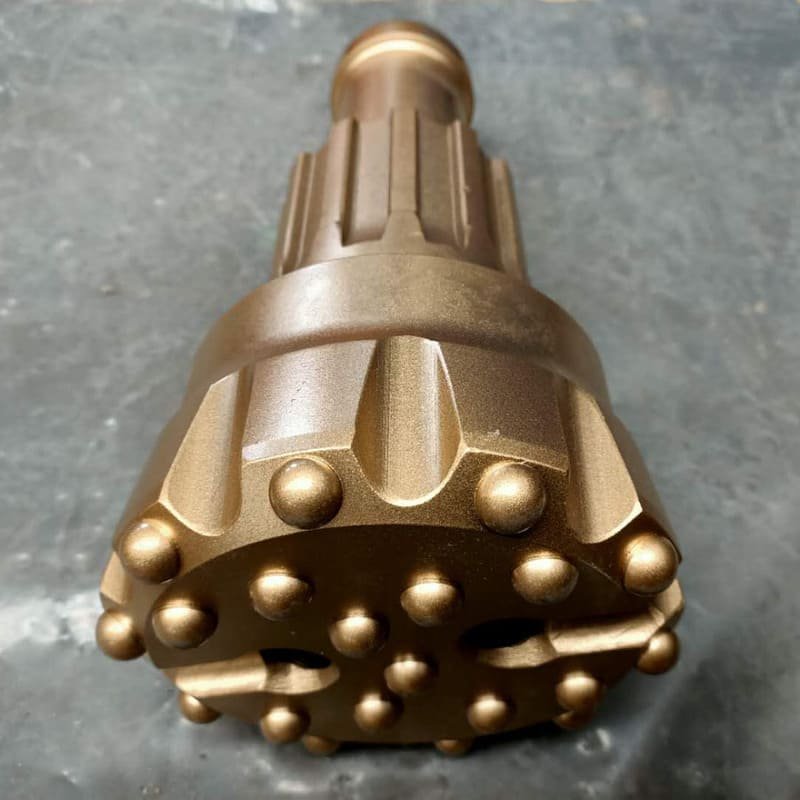I have dealt with many challenges using DTH drills. Carbide ejection failures often cause problems. My experience taught me important lessons to solve this issue.
Carbide ejection failure in DTH drills often stems from problems like not enough feed pressure, wear and tear, drilling too much, poor grinding, too much side thrust and using blunt carbides. Fixing these problems really improves your drill's performance and lifespan. Really improves it.
Knowing how carbide ejection happens isn't only about the details. It's about spotting signs that warn of problems. I remember facing this issue for the first time; it felt frustrating. Efficiency in my work dropped sharply. But learning about each cause showed me the importance of keeping feed pressure balanced. Machines also need care to work well.
Regular maintenance and careful attention prevent unexpected problems. Picture it like this꞉ just like you wouldn't run in a marathon without suitable shoes, drills require correct conditions. Proper care saves time and money. Small efforts prevent big issues.
Insufficient feed pressure leads to carbide ejection failure.True
Low feed pressure reduces drilling efficiency, causing carbide ejection.
Proper grinding increases the risk of carbide ejection failure.False
Proper grinding maintains carbide shape, reducing ejection risks.
How Does Underfeeding Affect Carbide Retention?
Have you ever felt like your tools are not helping at all? This often occurs when insufficient feeding disrupts the ability of drilling bits to hold onto carbide.
Underfeeding reduces carbide retention due to insufficient pressure. This problem results in carbides getting ejected from drill bits. Consistent pressure is crucial. Tools work efficiently with steady force.
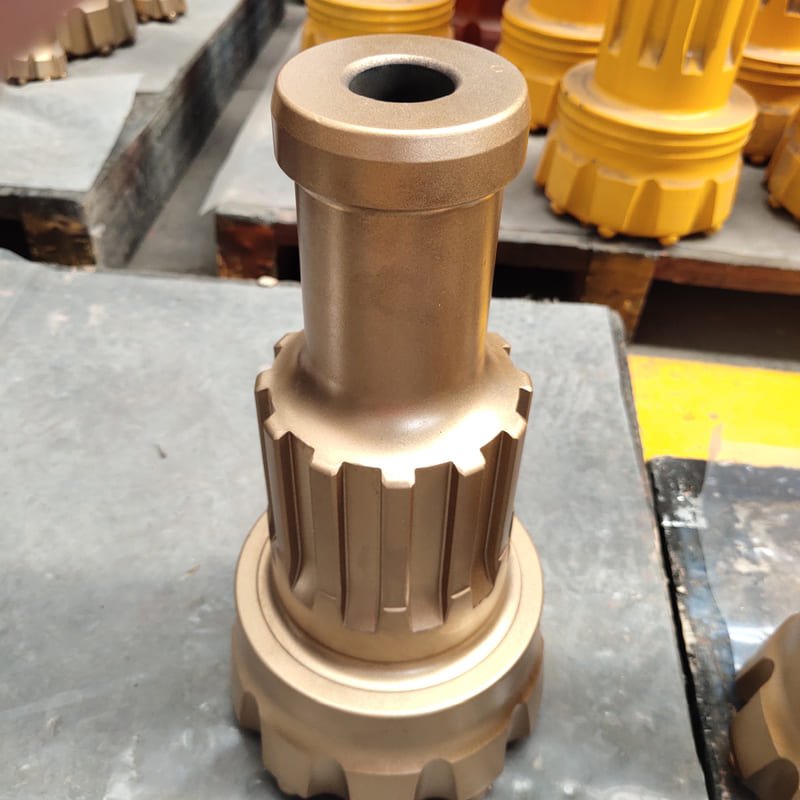
The Science Behind Keeping Carbide in Place
I remember learning about holding carbides in place - for me, it was a real light bulb moment. Keeping carbides secure is very important for drill bits to last long and work better. It mainly depends on how well pressure is applied. If pressure is too little, big problems can occur.
Imagine this: you're working outside, all is ready, but the drill doesn't work well. Why? The hammer strikes aren’t effective enough. Without proper force, those carbide pieces might just fall off - this is called "carbide ejection failure." This problem not only shortens the bit’s life but also affects your accuracy. Accuracy suffers a lot.
| Issue | Effect on Carbide Retention |
|---|---|
| Insufficient Pressure | Increased risk of ejection |
| Uneven Wear | Reduced tool lifespan |
| Suboptimal Performance | Inconsistent drilling results |
Practical Effects in Drilling Work
In my experience, low pressure during drilling can really increase costs. Think about changing tools often and facing uneven wear - it’s a big problem for efficiency. Mining and construction businesses especially suffer when continuous operations1 stop.
Facing tough rock conditions? Keeping the right pressure is even more crucial then. Without it, drilling speeds become unpredictable, affecting timelines and costs greatly.
Ways to Prevent Low Pressure Problems
So, how do we deal with not enough pressure? Here are some useful ways I found:
- Regular Equipment Checks: Inspect everything thoroughly - prevention is always better.
- Training and Awareness: Proper training gives great results. Teaching workers to keep the right pressure makes a big difference.
- Use of Advanced Technology: Systems that monitor in real-time can change pressure automatically, stopping carbide problems from happening.
Knowing these tactics helps improve drilling work and keeps carbide tools lasting longer. It is essential for saving money and achieving excellent work in industrial tasks.
Underfeeding increases carbide ejection risk.True
Insufficient pressure during drilling causes carbide inserts to eject.
Uneven wear extends drill bit lifespan.False
Uneven wear shortens tool life by causing inconsistent performance.
How Does Wear and Tear Affect Carbide Ejection?
I remember the first time I saw a drill working. Its power and precision amazed me. Time passes, though. Parts start to wear out. What then?
Wear and tear are critical in causing carbide ejection by weakening the drill bit over time. The components wear down. This wear increases the risk of carbide inserts coming loose or ejecting. Operational efficiency suffers. Efficiency can really drop.
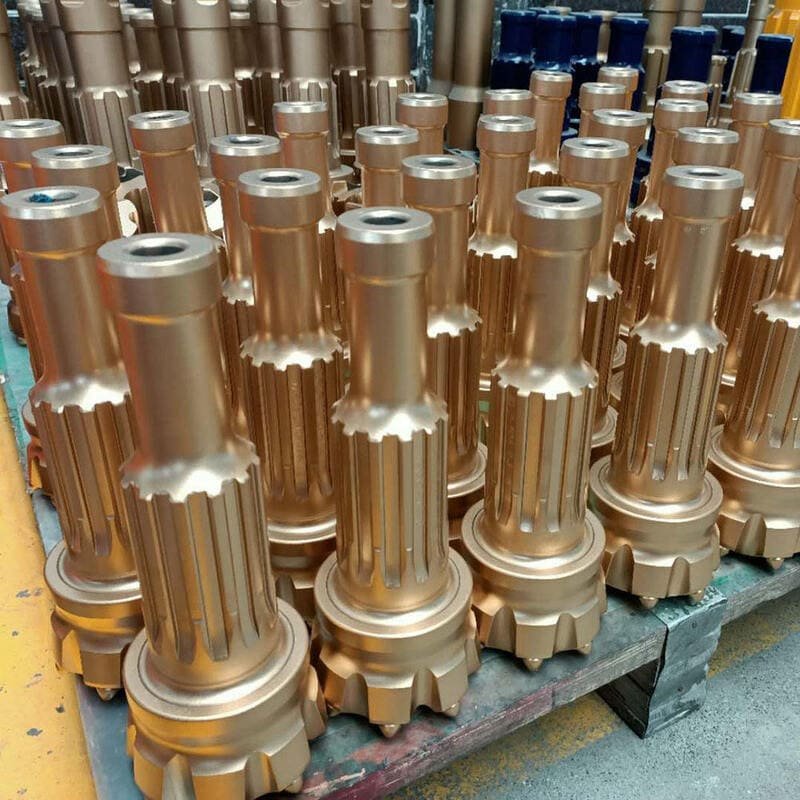
Understanding Wear and Tear Impact
Wear and tear in drilling components occur due to continuous mechanical stress2. Over time, these stresses compromise the structural integrity of carbide inserts. This degradation can lead to loosened parts, increasing the likelihood of ejection during operation. In practical scenarios, maintaining a close watch on wear indicators can help mitigate unexpected failures.
Factors Contributing to Wear and Tear
-
Underfeeding: Insufficient feed pressure can exacerbate wear, causing hammer impacts that drive carbide inserts out of place. Regular monitoring ensures appropriate feed pressure is maintained.
-
Overdrilling: Continuous use without maintenance accelerates wear, potentially leading to loose inserts. Implementing scheduled maintenance can prolong equipment life.
-
Improper Grinding: Poor grinding practices result in uneven surfaces, increasing stress on carbides. Adopting precise grinding techniques can reduce such risks.
| Factor | Impact on Carbide Ejection | Mitigation Strategy |
|---|---|---|
| Underfeeding | Increased insert movement | Maintain adequate feed pressure |
| Overdrilling | Loosening of inserts | Scheduled maintenance |
| Improper Grinding | Stress on carbides | Precision grinding techniques |
Addressing Wear Through Material Choices
Choosing high-quality materials like tungsten carbide can extend the lifespan of drill bits. Tungsten carbide offers exceptional hardness, reducing wear rates significantly. However, even the best materials succumb to wear over time, underscoring the need for regular equipment inspections3.
Practical Insights from Industry Experts
Industry experts suggest routine analysis of wear patterns to preempt carbide ejection. By understanding these patterns, operators can predict failures and perform timely interventions. Employing advanced technologies, such as ultrasonic testing, provides detailed insights into wear conditions.
For more practical insights, reviewing case studies from leading manufacturers can provide actionable strategies for addressing wear-related challenges in drilling operations.
Wear and tear cause carbide ejection in drilling.True
Mechanical stress degrades carbide inserts, increasing ejection risk.
Improper grinding does not affect carbide ejection.False
Uneven surfaces from poor grinding increase stress on carbides.
Is Overdrilling a Common Cause of Carbide Failure?
The mystery of premature carbide insert failure feels frustrating. This happens, especially during intense projects. Overdrilling might be the hidden cause. Maybe it’s the sneaky culprit.
Overdrilling often causes carbide failure. Inserts loosen or shear off. Too much use without regular care creates this problem. Routine inspections lower these risks. Maintaining equipment helps. Tool life really grows longer.
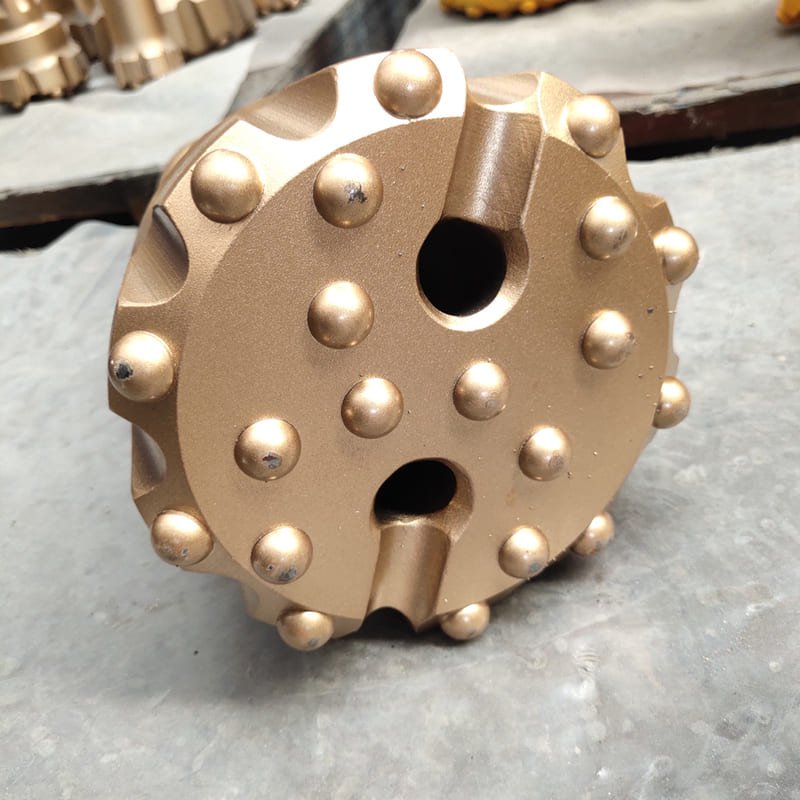
Understanding Overdrilling and Carbide Failure
I remember when I first noticed how much I had underestimated what overdrilling did to my tools. It was during a tough project. Every minute mattered, and stopping was not an option. My drill bits' carbide inserts seemed to fail faster than usual, and I didn’t know why. After looking into it deeply, I found out overdrilling was the secret troublemaker.
Overdrilling happens when the drilling equipment goes past its limits without proper care. Picture running a marathon without drinking water. This heavy use puts stress on carbide inserts, causing them to loosen or even break off completely, leading to dreaded carbide failure4.
Key Signs of Overdrilling:
| Sign | Description |
|---|---|
| Increased Vibration | Higher than normal vibrations during use. |
| Reduced Penetration Rate | Slower drilling speed in usual conditions. |
| Abnormal Noise | Unusual sounds from the drill bit. |
Maintenance Practices to Prevent Overdrilling
After I learned my lesson, I focused on regular maintenance. Regular upkeep is very important to stop failures related to overdrilling. Proper inspections and timely regrinding of worn bits are really effective at reducing the risk of carbide problems.
- Routine Inspections: Check regularly for loose or damaged carbides. Fit these inspections into a scheduled maintenance routine5.
- Proper Grinding Techniques: Use correct grinding ways to avoid "lob-sided inserts" or "flat hemispheres." These problems stress the carbides and cause extra damage.
Comparing with Other Causes of Carbide Failure
Overdrilling isn't the only villain. Comparing it with other causes like underfeeding and wrong grinding practices is crucial.
| Cause | Impact on Carbides |
|---|---|
| Underfeeding | May drive carbides out due to low pressure. |
| Improper Grinding | Leads to uneven surfaces increasing stress. |
Knowing these factors helps us take steps to prolong the life of drilling equipment and reduce operational costs and downtime.
Exploring Further Solutions
To tackle overdrilling, I thought about using advanced monitoring systems that provide real-time insights into drilling conditions. These smart solutions could warn you about possible overdrilling situations before they turn into full-blown carbide failure6. Using such technology might change how we keep tools in good shape and maintain efficient drilling work.
Overdrilling increases carbide failure risk.True
Excessive use without maintenance stresses carbides, causing failure.
Underfeeding is unrelated to carbide failure.False
Underfeeding can drive carbides out due to low pressure.
How Can Improper Grinding Lead to Carbide Ejection?
Have you ever thought about how a small error in grinding might cause big equipment problems? Let's explore how incorrect grinding methods might be the reason.
Improper grinding sometimes pushes carbide out by creating uneven surfaces or too much stress. Carbide may leave its housing. Regular maintenance proves very important. Proper grinding techniques really matter.
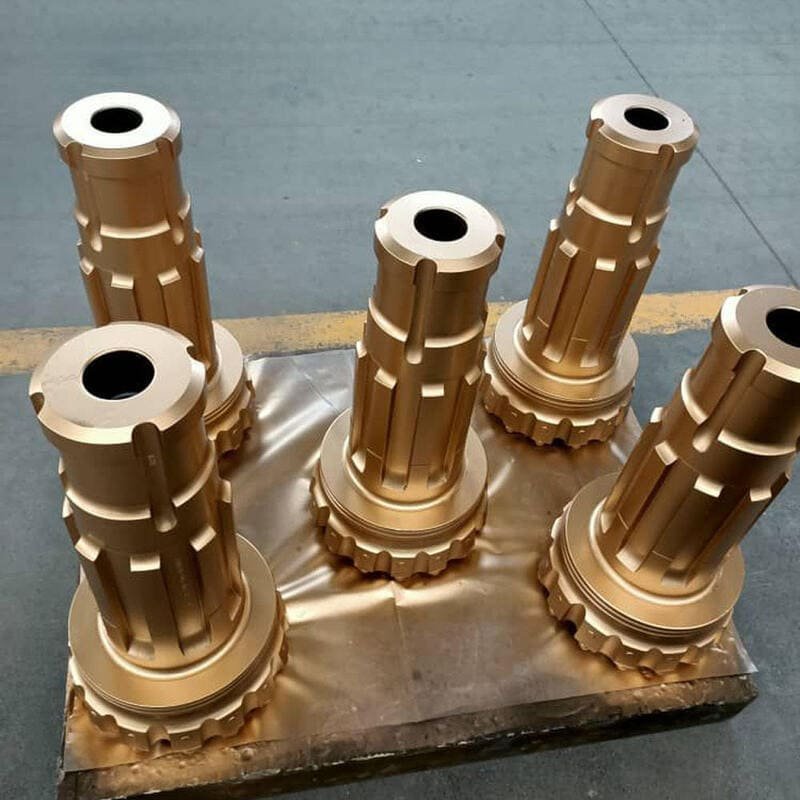
The Impact of Uneven Surfaces
I remember the first time a carbide insert popped out during work. It was quite shocking. We worked long hours and probably the grinding7 was not good enough. The drill bit ended up with a crooked insert, creating an uneven surface. Over time, this imbalance put more stress on the carbide. This stress caused it to eject. It's a lesson I've learned well: even surfaces are very important.
| Cause | Effect |
|---|---|
| Crooked Inserts | Uneven stress distribution |
| Uneven Surfaces | Increased risk of ejection |
Stress and Vibration Issues
Grinding without thinking about the material's nature8 led me to big issues. Tungsten carbide is hard but also brittle. Mishandling during grinding introduces tiny cracks. At first, these small flaws don't seem significant, yet they really increase the risk of ejection under drilling pressure.
Role of Maintenance
Regular maintenance is my guiding principle now. After equipment failures, I check that all grinding machines are correctly calibrated. This routine stops undue wear on carbide inserts, significantly improving longevity and performance.
Importance of Operator Training
Training goes beyond just a checkbox; it's key to safety and efficiency. A skilled team avoids mistakes that cause carbide ejection. Investing in operator education9 is rewarding for better safety and productivity—a great investment.
Choosing the Right Abrasives
Correct abrasives for grinding matter a lot. Tungsten carbide requires gentle care. Choosing the right abrasives stops wear or damage.
Understanding Material Properties
Knowing tungsten carbide's properties has been valuable. It guides the choice of tools and techniques, cutting down risks and making drilling better. Material-specific guides10 are amazing resources for learning best practices.
Improper grinding causes uneven stress on carbide.True
Uneven surfaces from improper grinding distribute pressure unevenly, risking ejection.
Regular maintenance cannot prevent carbide ejection.False
Consistent maintenance helps mitigate risks of improper grinding, preventing ejection.
Why does excessive side thrust cause problems?
It's incredible how a little side force can ruin carefully made plans in mechanical systems. It resembles a loose thread in your favorite sweater. Ignoring it might cause big trouble.
Too much side force stresses parts and leads to wear, misalignment and even failure. Problems often occur from misalignment, poor maintenance or wear and tear. These issues often surprise the unwatchful. Be alert.

Understanding Side Thrust in Mechanical Systems
Side thrust introduces unexpected lateral forces into mechanical systems. These forces often arise due to misalignment11 or uneven wear in components. Imagine trying to walk straight with shoes that don't fit correctly. These forces don't belong in the system and create unwanted pressure.
Consequences of Excessive Side Thrust
- Increased Wear and Tear: Ignoring strange noises in a car engine can lead to parts grinding against each other. Misalignment is often the culprit, speeding up wear. This situation is common with lots of side thrust in machines.
- Misalignment Problems: A bicycle with misaligned wheels can't travel straight. Over time, excessive side thrust causes parts in machines to shift, bringing vibrations and noise while reducing efficiency.
- Seal and Bearing Failure: Replacing seals and bearings became necessary on an old workshop machine. Side thrust had overstressed them, causing leaks and failures.
Identifying and Reducing Side Thrust
Common Causes of Side Thrust
- Improper Assembly: Assembling a flat-pack shelf only to discover it leans is frustrating. Similar issues happen when machinery isn't assembled correctly.
- Wear and Tear: All systems, even with the best upkeep, eventually show aging signs. Consider an old bicycle chain that starts to sag over time.
- Lack of Maintenance: Skipping regular maintenance led to my learning about how problems like worn bearings worsen without attention.
Strategies for Reduction
| Strategy | Description |
|---|---|
| Alignment Checks | Precision tools help greatly during maintenance when checking alignment. |
For more details on aligning mechanical systems, consult our guide on alignment techniques12. This comprehensive resource offers step-by-step instructions and practical tips to lessen the effects of side thrust.
Learn more about how crankshaft end play13 influences engine performance and its relation to excessive side thrust challenges.
Side thrust leads to misalignment issues.True
Excessive side thrust causes components to misalign, increasing vibration.
Proper lubrication increases side thrust.False
Lubrication reduces friction and wear, thus minimizing side thrust.
Why does drilling with flat carbides cause ejection issues?
Picture the annoyance when a drill bit stops working halfway through the task. You might find yourself rushing to solve ejection problems.
Flat carbides sometimes cause ejection issues because of extra stress and wear. Tools need regular care and careful grinding to stop these problems. Proper tools work smoothly.
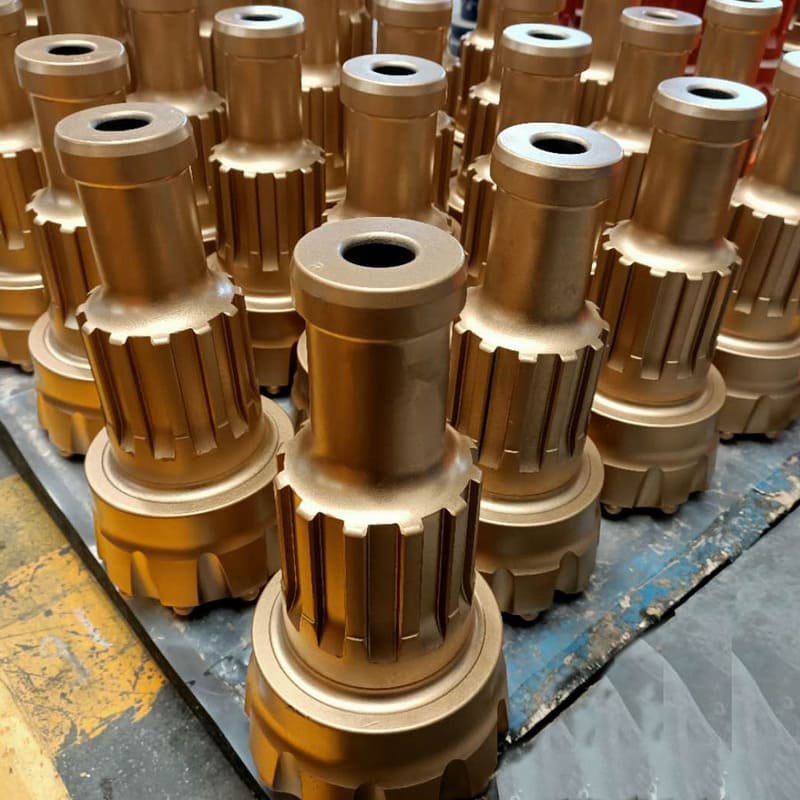
Understanding Carbide Ejection During Drilling
Imagine this scenario. I once visited a site where everything seemed perfect. Then, the drill started acting strange. We discovered that our carbide inserts were flat. This caused them to pop out unexpectedly. Carbide ejection occurs when these inserts loosen from the drill bit. Stress from worn-out carbides often triggers this problem.
Causes of Ejection
-
Wear and Tear:
Over time, carbide inserts wear down much like old shoes lose grip. Flat inserts do not grip materials well, leading to ejection. -
Improper Grinding:
It's similar to sharpening a pencil badly; it won’t write well and might break. Poor grinding leaves uneven carbides, which raises stress during use. -
Underfeeding:
Like driving uphill in a high gear, lack of pressure causes hammering blows that force carbides out of the bit.
Prevention Strategies
Regular Maintenance Schedule
Adhering to a routine maintenance plan works wonders; it's comparable to having a good exercise routine where everything operates smoothly. Here is a basic checklist I use:
| Maintenance Task | Frequency |
|---|---|
| Visual Inspection | Weekly |
| Grinding Adjustments | Bi-weekly |
| Feed Pressure Calibration | Monthly |
Setting the Right Drill Speed and Pressure
Correct drill speed and pressure hold great importance, similar to keeping a steady pace in a marathon. This lessens stress on carbides and aids better performance. For extra tips, explore drill speed techniques14.
Solving these problems helped me improve drilling tasks by reducing carbide ejection and improving tool performance—because tool performance genuinely matters.
Flat carbides increase ejection risk during drilling.True
Flat carbides face increased stress, leading to potential ejection.
Underfeeding reduces carbide ejection risk in drilling.False
Underfeeding causes hammer blows, increasing the ejection risk.
Conclusion
Carbide ejection failure in DTH drills is caused by insufficient feed pressure, wear and tear, overdrilling, improper grinding, excessive side thrust, and flat carbides. Regular maintenance prevents these issues.
-
Explore how maintaining continuous operations without downtime can enhance productivity and reduce costs in drilling industries. ↩
-
Understanding mechanical stress helps identify factors leading to carbide failure, aiding in better tool management. ↩
-
This link provides strategies for effective equipment inspections, crucial for preventing unexpected drill bit failures. ↩
-
This link provides detailed insights into what constitutes carbide failure, helping readers understand the critical aspects of this issue. ↩
-
This resource explains how scheduled maintenance can prevent overdrilling and extend the lifespan of drilling tools. ↩
-
Discover how technology can prevent overdrilling by monitoring drilling conditions, enhancing operational efficiency. ↩
-
This link will provide detailed insights into how incorrect grinding can impact drill bit functionality. ↩
-
Understanding these properties helps in selecting suitable grinding methods and avoiding material damage. ↩
-
Training minimizes errors and enhances safety, leading to better equipment maintenance practices. ↩
-
This guide offers expert recommendations on handling tungsten carbide during grinding. ↩
-
Learn about common causes of misalignment in mechanical systems and how they lead to side thrust issues. ↩
-
Discover expert-recommended alignment practices to reduce side thrust effects in machinery. ↩
-
Explore how crankshaft end play contributes to side thrust and affects engine function. ↩
-
Explore methods to fine-tune drill speed for enhanced carbide tool performance. ↩

